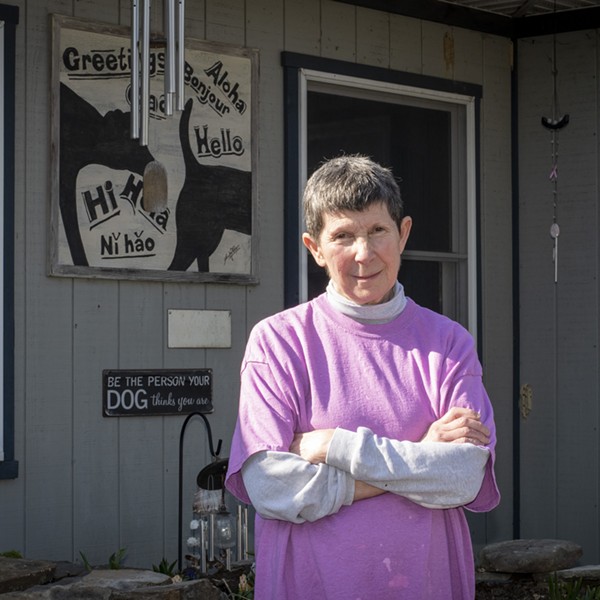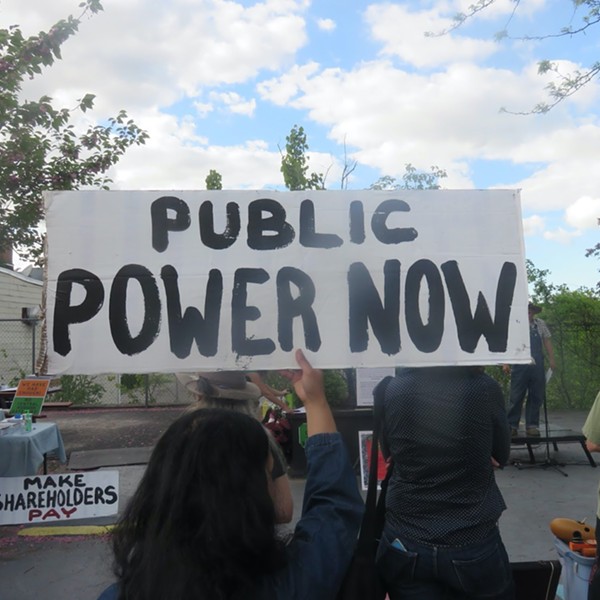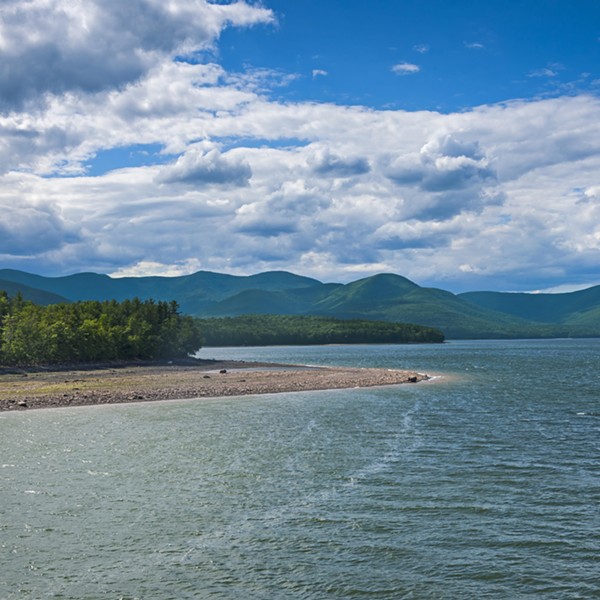So now you’re sold on the science, but how long will it take to install? And how much TLC do these heat pumps need? Typically, installation time can range from two weeks to two months, depending on the size of the system and whether it’s a new install or a retrofit. And for existing construction, a lot depends on the house itself. As Wright points out, a single-story ranch with an unfinished basement will be easier to equip than, say, a two-story brick colonial with a finished basement and attic. Maintenance is almost a non-issue. Just like your refrigerator, says Lazin, the GSHP is nearly self-sufficient, requiring only regular air filter replacement and an annual check-up: “Usually, the heat pumps will run for 20 to 30 years. And when homeowners look to replace them, it will usually be because there are more efficient units on the market.” An added bonus: no emissions!
Cost is always a concern, and a GSHP will take its biggest bite at the beginning, as it costs approximately $10,000 to $15,000 more to install than a conventional system. The average price of a new system will range from $30,000 to $47,000, but can be as low as $15,000 or up to $70,000 or higher. But, as Wright points out, since oil prices keep climbing, the system has an almost airtight future of economic and environmental benefit. There are other cost-saving incentives as well, in the form of a $500.00 tax credit, and a $1000.00 rebate from Central Hudson Gas and Electrical for the installation of a residential geothermal heat pump.
Generally, the biggest rewards will be seen by homeowners who plan to stay put for at least five years, as it typically takes at least three years for the system to recoup the initial investment and begin paying for itself. Lazin suggests “stretching the window to five to ten years in the home, to more fully reap the benefits.” Since we live in an age of uber-mobility, it’s wise to take a realistic view of your future plans before making the jump.
How large a slice of your heating and cooling demand can a GSHP be expected to handle? For a new home, says Wright, the goal is to provide 100 percent of the heating and cooling, and 80 percent of the domestic hot water, all but eliminating reliance on traditional fossil fuels. According to HVCE, units are currently providing heat at a 50- to 70-percent higher rate than traditional systems, and cooling 20- to 40-percent more efficiently than air conditioners.
However, it’s not a totally self-sufficient system, and some electricity is required to get things moving (and keep them moving!). Lazin suggests contacting Central Hudson, which produces some electricity with renewable resources. This can be an option if you’re looking to retrofit an existing home, which may not be as adept in energy efficiency as a newer home. Relying on a GSHP and supplementing “green energy” might be a good compromise if you’re looking towards reducing bills and fossil fuel consumption, but aren’t planning to move or to build completely from scratch. Another option, says Wright, is to consider a solar-assisted GSHP, so that on sunny days your heating and cooling needs will be completely environmentally generated.
Ultimately, all three options keep the systems in the “green,” and allow them to run entirely independently of fossil fuels. And indeed, the benefits extend farther than reducing indoor air pollution and electricity bills. As Lazin says, relying on a GSHP “encourages the growth of alternative energy sources and local resources, and improves air quality for everyone.” While many consumers use the system as a method of cutting costs, Wright says just as many do so out of a larger concern for the environment: “It’s probably a 50-50 mix. If your goal is to reduce your carbon footprint, this is one of the major ways to do that.”
So as you look towards a renovation or plan for new construction, consider the possibilities in geothermal heating and cooling. For an up-front investment, you can create a long-term solution to meet your needs, decrease your household dependency on fossil fuels, and lighten the punch of those energy bills. But maybe most importantly, you can stop feeling so guilty about all those long, hot baths.
















